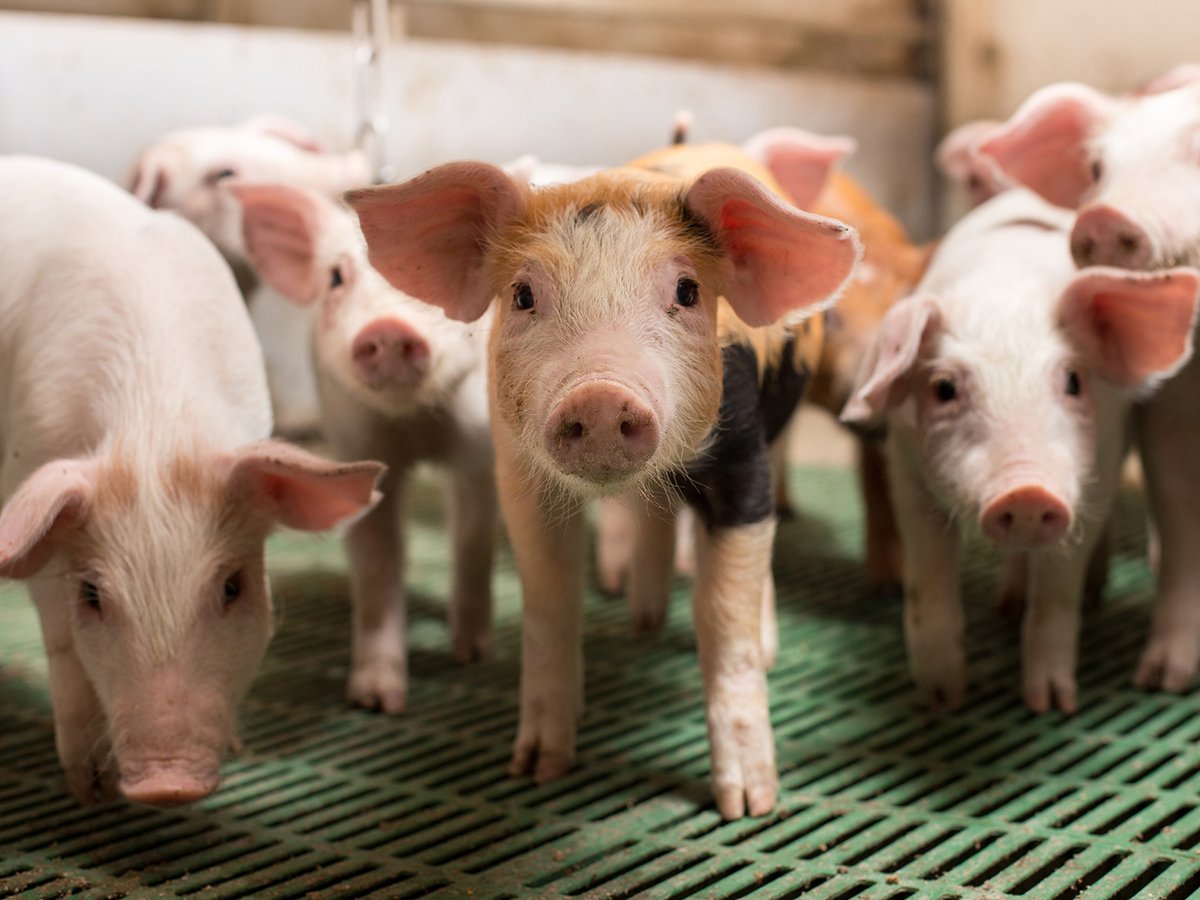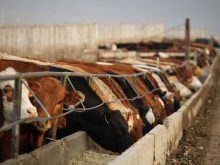The Canadian Food Inspection Agency has increased the compensation it pays producers for white-tailed deer that are destroyed as part of a chronic wasting disease investigation.
Following the discovery of three confirmed cases of infection in Saskatchewan in October, the CFIA has announced that the maximum allowed compensation has been increased to $4,000 for white-tailed deer younger than 12 months old that are ordered destroyed for disease control.
The decision came after the Saskatchewan Whitetail and Mule Deer Producers Association and the Canadian Cervid Alliance asked the agency to increase the level of compensation for such animals from $2,500 per head, a figure that was last reviewed in 2006.
Read Also

The Western Producer Livestock Report – October 9, 2025
Western Producer Livestock Report for October 9, 2025. See U.S. & Canadian hog prices, Canadian bison & lamb market data and sales insights.
The CFIA said the higher figure reflects improved market prices for white-tailed deer.
The maximum compensation for male white-tailed deer older than one year remains at $8,000 per animal. Top compensation for does is unchanged at $4,000 each.
Of the three infected farms, one was a 300-head elk, white-tailed and fallow deer hunt farm near Moose Jaw, one was a 140-head white-tailed deer breeding operation near Prince Albert and the other was a 350-head elk, white-tailed and fallow deer hunt farm near Love, Sask.
Greg Douglas, a veterinary program specialist with CFIA, said once an order is issued to destroy a herd, producers must negotiate its value with government officials and independent expert industry evaluators representing both sides in a meeting chaired by a veterinary inspector.
“In some situations, with some species, it’s easier than others,” he said. “We try to compensate at current market value of the animals.”
The better the information provided, the greater the chance that a mutually agreeable figure can be reached, he added.
A CFIA spokesperson said before the latest positive test results at the three farms, 43 elk and one deer herd in Saskatchewan had been destroyed since the first case appeared in 1996. CWD has been found in wild deer in the province since 2000.














